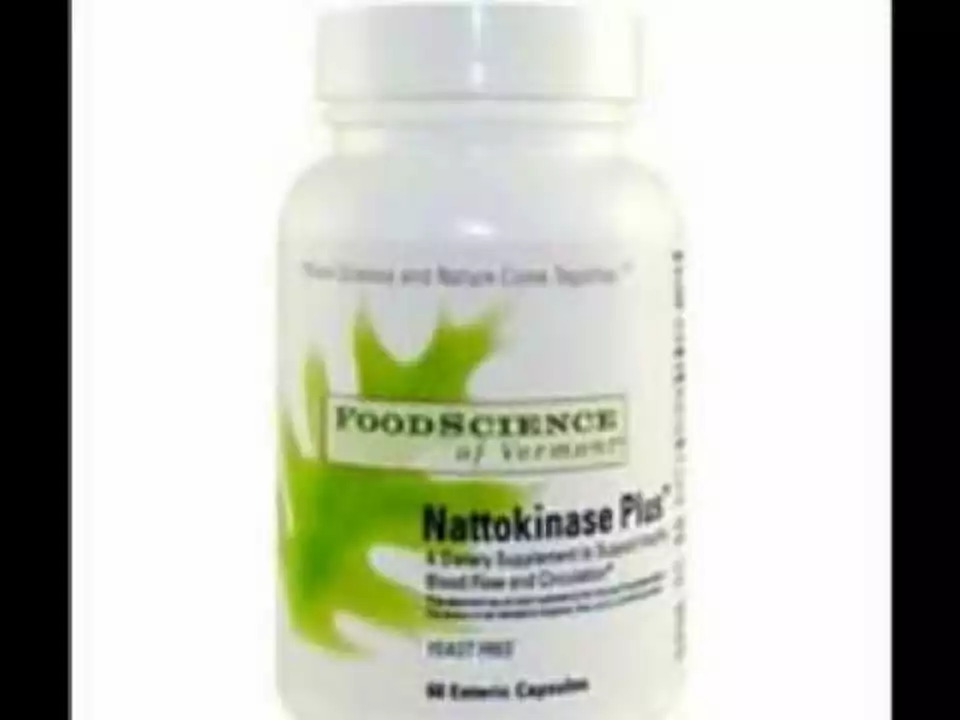Peru Balsam (Balsam of Peru): Uses, Risks & Safe Ways to Use It
Peru balsam is a sticky, sweet-smelling resin from the tree Myroxylon pereirae. You’ll see it listed as “Balsam of Peru” on ingredient labels for fragrances, ointments, and some cough remedies. It smells warm and vanilla-like, so perfumers love it. But this natural resin also shows up often in contact allergy reports. That makes practical safety tips really useful.
What Peru balsam is and common uses
Peru balsam is used in three main ways: as a scent in perfumes and cosmetics, as a flavoring or fixative in some foods and cough syrups, and in traditional topical remedies. Makers value it for its sweet, balsamic aroma and for helping other scents last longer. In DIY skincare, people sometimes add tiny amounts to balms or soaps for fragrance. If you’re shopping, it can appear under names like Myroxylon pereirae, Balsam Peru, or Balsamum peruvianum.
Safe use, allergy risks, and buying tips
If you want to use Peru balsam on skin, start with a patch test. Put a drop diluted in carrier oil on the inside of your forearm and wait 48 hours. No redness or itching? That’s a good sign, but not a guarantee. Many people react to this resin; if you’ve had unexplained rashes from perfumes or lotions, consider avoiding it.
Keep these clear rules in mind: dilute it heavily (0.5–2% in carrier oil) for topical use, don’t apply to broken or irritated skin, avoid the eyes and mucous membranes, and skip it during pregnancy and breastfeeding unless a healthcare pro clears it. If you get itching, swelling, or a spreading rash, stop using it and ask a doctor about allergic contact dermatitis.
Want to use it as fragrance but avoid skin contact? Add tiny amounts to candles or diffusers, not body products. For DIY soap or balm, use tested fragrance oils that list whether they contain Balsam of Peru. Read ingredient lists carefully—this resin hides under many names.
Where to buy: look for reputable essential oil and natural ingredient suppliers. Check product labels for Myroxylon pereirae or Balsam of Peru. If you need it for fragrance work, buy small amounts first so you can test reactions. If you want similar scent without the allergy risk, try safer fragrance options like vanilla CO2 extract, lavender, or cedarwood.
Alternatives for therapeutic or soothing uses: aloe vera gel or calendula oil are gentler for irritated skin. For cough or throat comfort, honey (for adults and children over 1 year) is a low-risk choice that many prefer over old-style balsam remedies.
Final practical tip: if you have a history of fragrance allergies, carry a short list of ingredients to avoid and consult a dermatologist before trying new natural resins. Peru balsam smells nice, but it’s one of those “natural” ingredients that can cause real problems for some people. Use caution, test first, and keep it out of reach of kids and pets.






